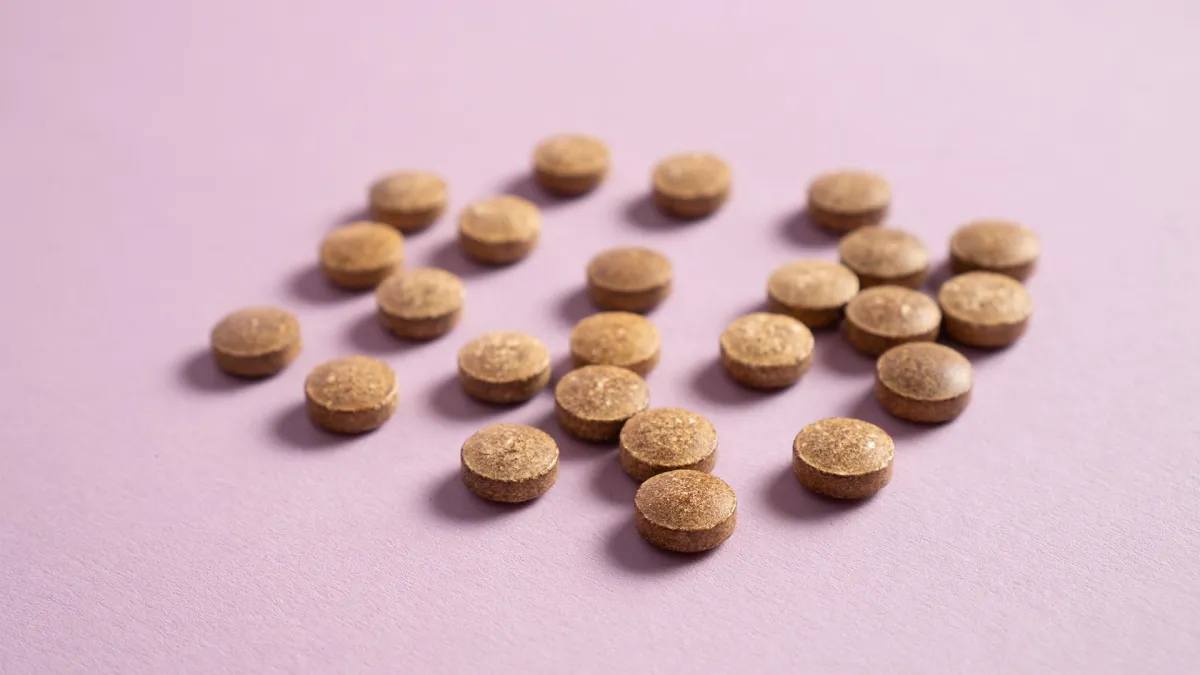Blogs

Synthetic Drugs You Never Knew Existed
Unmasking the Threat: Nitazenes and Their Deadly Impact
Introduction:
In the episode linked below, Dr. Ferghal Armstrong engages in a compelling discussion with Prof Suzanne Neilsen, deputy director of the Monash Addiction Research Centre, to unpack the rising concern of nitazenes—potent synthetic opioids re-emerging in the illicit drug market. This blog delves deeper into the topics discussed, offering insights into the potency of nitazenes, their impact, and the importance of naloxone and harm reduction strategies.
"Wherever you go, keep some naloxone." - Dr Ferghal Armstrong
What Are Nitazenes?
Nitazenes are synthetic opioids, comparable in many ways to fentanyl. Initially developed in the 1950s for medicinal use, they were sidelined due to severe side effects, including profound respiratory depression. However, in recent years, these compounds have resurfaced in the illicit drug market. Researchers and healthcare professionals are increasingly concerned about their high potency and associated risks, which bring profound challenges to public health.
The Danger of High Potency
Nitazenes vary in potency, with some compounds being equivalent to morphine while others exceed the potency of fentanyl. This variation in strength, coupled with the quick onset of action, reduces the window of opportunity for overdose intervention, heightening the risk to users. The complex and varying nature of these substances makes them particularly hazardous, as users often remain unaware of what they’re ingesting.
The Role of Novel Psychoactive Substances (NPS)
The proliferation of nitazenes can be attributed to the broader trend of Novel Psychoactive Substances (NPS). These compounds mimic the effects of controlled substances but evade existing drug laws due to their novel status. This legal grey area has made NPS, including nitazenes, attractive to manufacturers and dealers.
Staying Ahead of the Law
By evolving faster than regulatory frameworks, these substances can be manufactured and distributed without immediate legal repercussions. Additionally, the high potency of nitazenes and similar substances allows for easier smuggling and distribution. Small amounts can produce significant effects, making them easier to transport and hide compared to traditional plant-based drugs.
Accidental Contamination and Consumer Risk
One of the most alarming aspects of nitazenes is their inadvertent presence in various street drugs. Instances of nitazenes contaminating MDMA, ketamine, and cocaine have been documented. This contamination is often accidental, stemming from poor manufacturing and packaging practices in illicit drug production facilities.
Unintentional Overdoses
The unintentional mixing of highly potent opioids like nitazenes into recreational drugs poses a severe risk. Users expecting a stimulant effect from MDMA or cocaine might inadvertently consume a sedating opioid, leading to unexpected and dangerous respiratory depression. The so-called "sloppy drug dealer theory" suggests that cross-contamination occurs because of inadequate cleaning and decontamination procedures in these illicit operations.
Harm Reduction: The Importance of Naloxone
To mitigate the risk posed by nitazenes, naloxone—a life-saving opioid antagonist—is crucial. Naloxone works by competitively binding to opioid receptors, reversing the effects of opioid overdose. Given the higher potency of nitazenes, higher doses of naloxone might be required. Early data suggests that initial doses of up to two milligrams might be necessary compared to the standard 400 micrograms.
Broadening Naloxone Distribution
Given the widespread risk of accidental consumption of highly potent opioids, naloxone distribution should extend beyond traditional opioid users to all recreational drug users. Ensuring that people who use any illicit drugs carry naloxone can save lives. Policymakers and healthcare providers must consider increasing the stock and distribution volumes of naloxone, focusing on harm reduction..
The Future of Drug Checking Services
While naloxone offers a reactive solution to overdoses, proactive measures like drug checking services can prevent them. These services allow users to identify the contents of their drugs before use. Although Australia has limited drug checking facilities—primarily in Canberra and Queensland—expanding these services could significantly reduce the risk of accidental overdoses.
Political and Social Barriers
Despite the evident benefits, implementing widespread drug checking services faces political and social obstacles. States like New South Wales and Victoria have resisted establishing these services due to political pushback. Advocating for evidence-based harm reduction services is critical to prevent preventable deaths and enhance public health safety.
Conclusion
The episode with Prof Suzanne Neilsen on Cracking Addiction highlights the rising threat of nitazenes and underscores the importance of naloxone and harm reduction strategies. As the landscape of illicit substance use evolves, so must our approaches to health and safety. Expanding access to naloxone, promoting drug checking services, and supporting public policy changes will be vital in addressing this emerging crisis.

